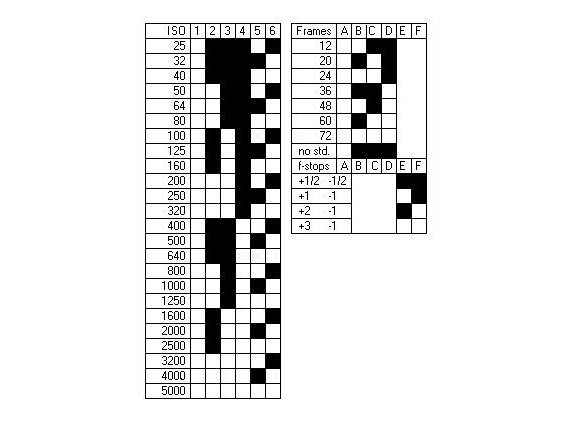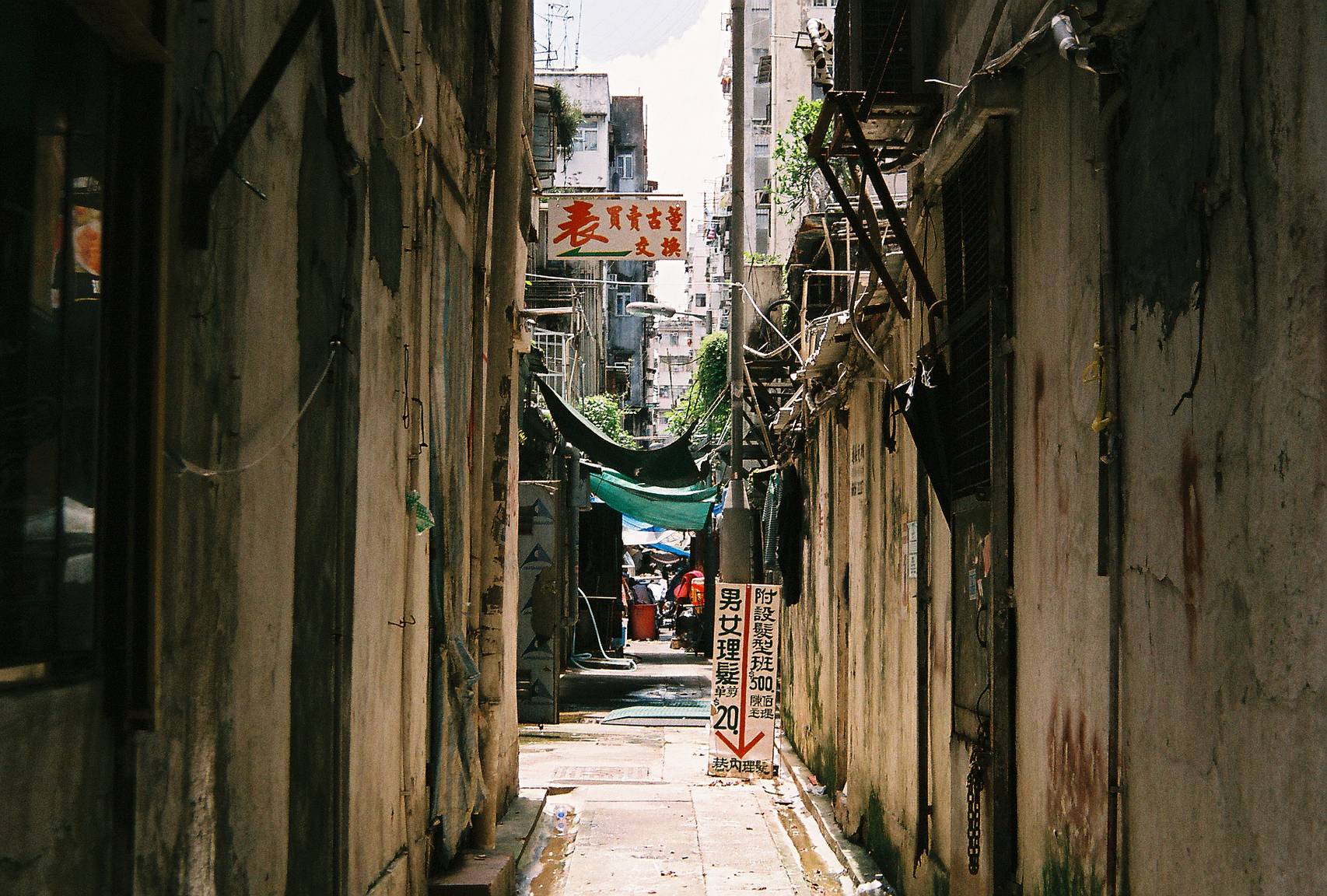Turn your ISO 400 Film into an All-Day Film on your DX-Code Auto-Detected Camera!
9 34 Share TweetI am going to introduce a method of leveling up an ISO 400 film to ISO 1600 by ‘hacking’ its DX code. I’ve included the principle, method and variants of this method. I modified a roll of ISO 400 film and took pictures around Hong Kong so you can see the results.

Cameras like the Fujifiilm Natura Classica, Contax T2, T3 and the Ricoh GR1S can read the DX code located on the film canister and adjust the camera settings (shutter speed and exposure value) automatically. No doubt this is a cool setting that allows users to point and shoot immediately after loading a new roll of film. However, this limits these cameras to shoot under one particular ISO setting. Today, I am going to introduce a method to change your ISO 400 film into an ISO 1600 ‘all day film’!
If you take a look at your film canister, you will find a ‘silver area’ with some black square/rectangular marks on it. That’s the DX code of your film! By reading the DX code, your camera knows what the ISO of the film is that you’re using. This means it will adjust the shutter speed, aperture and exposure value automatically. This graph shows the pattern of DX code under different ISO settings.

As cameras read DX codes by their electrical conductivity (the silvery parts conduct electricity while the black bits don’t) we can actually change the DX code through some tweaking! As the DX codes of an ISO 400 film and 1600 are similar (difference being ISO 1600 films are usually very expensive) the most common practice of DX code hacking is modifying an ISO 400 film to an ISO 1600.
Method
What we have to do is use a screwdriver (or anything that’s sharp – even your nail!) to scratch and eliminate the black marks on row 3 (refer to the graph of DX code) of your ISO 400 film so that the DX code looks like that of an ISO 1600. Don’t worry about the scratches, they won’t affect the reading of your camera. But you have to pay attention to the area that you are eliminating as row 2 and 3 are both black on an ISO 400 film while only row 2 is black on the ISO 1600 film – you have to keep row 2 black while eliminating row 3. As row 2 and 3 are so near to each other, they form a black rectangle on ISO 400 films which makes it hard to distinguish which area belongs to which row. I suggest that you measure the total length of the black rectangle formed by row 2 and 3 and just eliminate half of it (e.g. If the total area is 8cm (L, 4cm x W, 2cm) , just scratch a L, 2cm x W, 2cm area from row 3).

Done? Then let’s put the roll into your camera so you can begin enjoying this great ‘1600’ film! As you are actually changing the ISO 400 film into a 1600 film by pushing 2 stops, the image you get will have greater contrast and more saturated color. Keep in mind there may be more noise and grain.
I am using the Fujifilm X-tra 400 film, hacked to ISO 1600, and the Fujifilm Natura Classica, which turns on its magical NP Mode when loaded with films that are above ISO 800. So, even though I’m not using my camera’s best partner – the Fujifilm Natura 1600 film – it takes really great photos with minimal noise and great color!
Last but not least, as I’ve mentioned that you’ve actually in essence ‘pushed’ 2 stops to hack your film, make sure that you remember to ‘force process’ 2EV when you develop your film. Otherwise, all of your pics will be under-exposed!
written by fncadrian on 2013-08-21 in #gear #tutorials #film #tutorial #hong-kong #tipster #iso-400 #iso-1600 #modification #dx-code #fujifilm-natura-clasica #fujifilm-x-tra-400 #all-day #auto-detected


















9 個留言